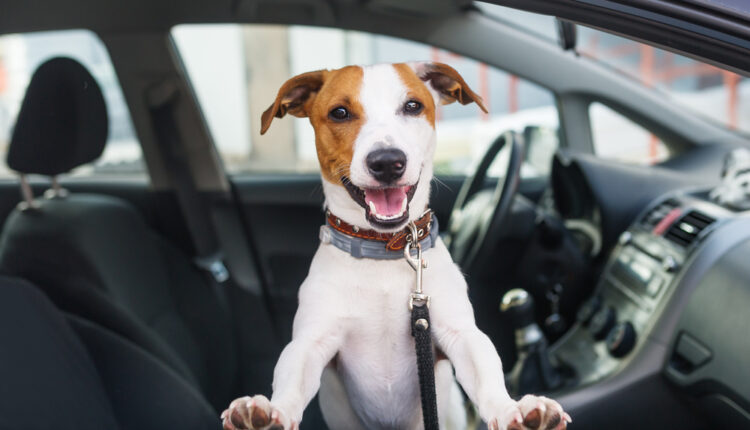Collar or Harness: Is One Better for Your Dog Than the Other?
Among the many joys of owning a dog is going on walks together. Strolling down the street, taking in the sunshine and fresh air, and meeting friends along the way is hard to beat. The question for some new dog owners is this: should I use a collar or harness? Is one better for my dog than the other?
Both collars and harnesses serve different purposes. A collar can help you maintain control over your pet as you walk. But it is also used to hold your dog’s identification. If your city or county requires licensing, and most do, your dog will need a collar to hold the tags.
A harness is intended as a walking and/or training tool. Some pet owners train their dogs on harnesses and then switch exclusively to collars. Others stick with a dog harness permanently.
Benefits of the Dog Harness
The good folk at Voyager Harness say that dog harnesses do have some advantages over collars alone. This is not to say your dog absolutely needs a harness. But at least consider one if you are starting with a brand-new puppy. Getting a puppy used to a harness right from the start makes things a lot easier.
Here are five benefits of using a dog harness:
1. More Control
A dog harness generally gives you more control over your pet while you walk. Depending on harness design, you can manipulate with a leash through gentle tugs in one direction or another. Doing so is a good way to keep your dog under control on busy streets, in parks where there are other dogs, or in any situations where a lack of control could be dangerous.
2. Less Pulling
A lot of experienced dog owners use harnesses to teach their pets to not pull. There are two goals here. First, eliminating pulling makes walks safer for both you and your dog. Second, dogs are pack animals. You are the leader of the pack. You want to break your dog of pulling so that it yields to you as pack leader.
3. Less Jumping
The friendliest of dogs have a tendency to jump on people. They just assume everyone wants to be their friend. A front-clip harness is a great tool for discouraging such behavior. If your dog begins to jump, a gentle tug reminds him to stop. Jumping is a much harder behavior to correct with a collar alone.
4. Fewer Distractions
A dog harness makes it easier for you to teach your dog to ignore distractions. Both front and back-clip harnesses are doable for this type of training; a head halter harness is probably a better choice.
5. Safer for Puppies
Harnesses are considered safer for puppies who don’t yet know enough to not get tangled up in their leashes. A back-clip harness keeps the leash completely away from a puppy’s legs while still allowing freedom of movement.
Not for Every Dog
It is fair to say that harnesses are not right for every dog. Some dogs just don’t like how they feel and will never get used to them. They will resist every attempt to put one on. Don’t fight it. It is far better to train your dog with just a collar than to force him to wear something he doesn’t like. Forcing the issue may just make your dog aggressive.
Both dog harnesses and collars have their distinct purposes. Neither one is necessarily better for your dog. It is really a matter of analyzing your dog’s behavior, comparing it against your goals as an owner, and coming up with the best strategy to make both of you happy.


Comments are closed.